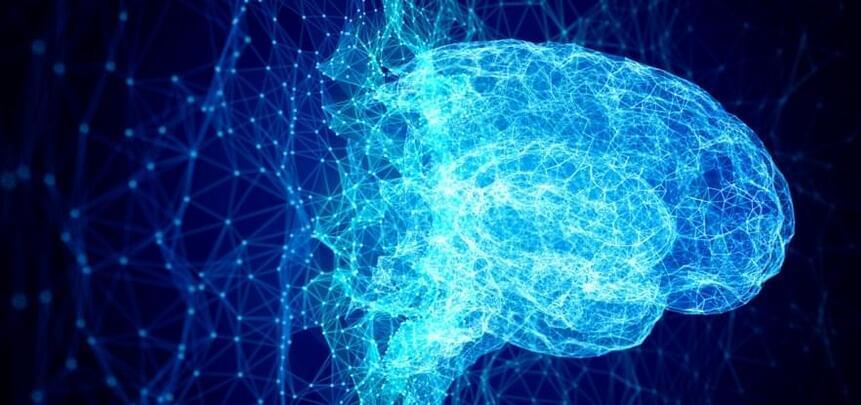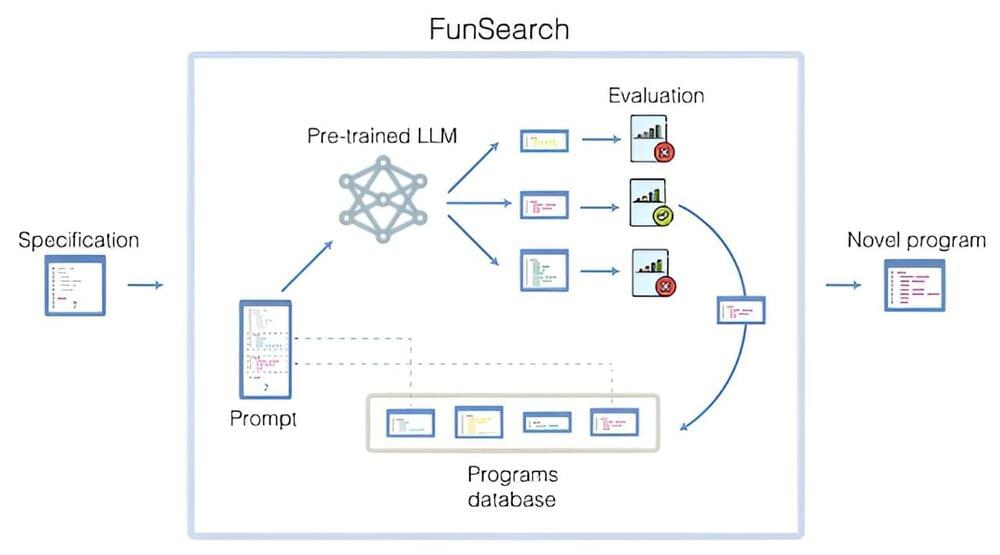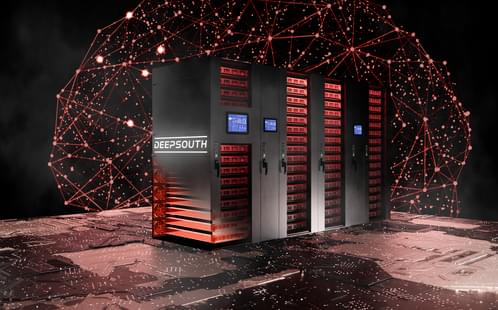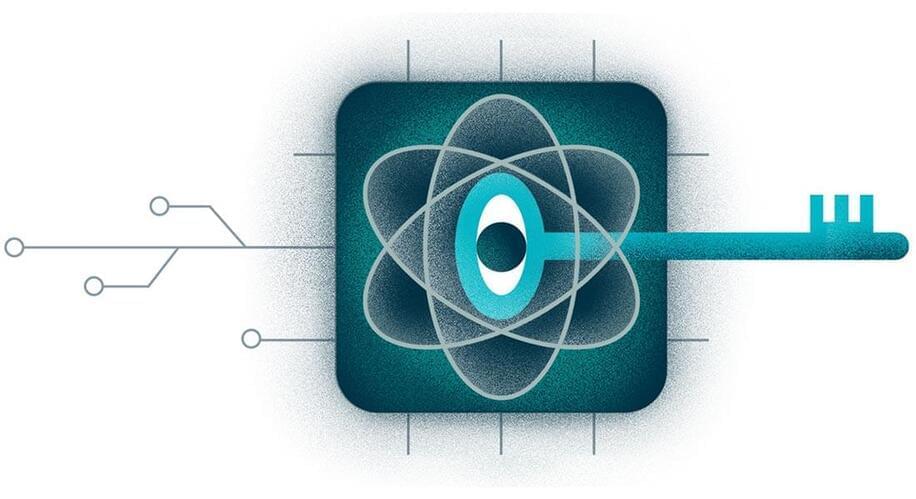ICYMI: DeepSouth uses a #neuromorphiccomputing system which mimics biological processes, using hardware to efficiently emulate large networks of spiking #neurons at 228 trillion #Synaptic operations per second — rivalling the estimated rate of operations in the human brain.
Australian researchers are putting together a supercomputer designed to emulate the world’s most efficient learning machine – a neuromorphic monster capable of the same estimated 228 trillion synaptic operations per second that human brains handle.
As the age of AI dawns upon us, it’s clear that this wild technological leap is one of the most significant in the planet’s history, and will very soon be deeply embedded in every part of our lives. But it all relies on absolutely gargantuan amounts of computing power. Indeed, on current trends, the AI servers NVIDIA sells alone will likely be consuming more energy annually than many small countries. In a world desperately trying to decarbonize, that kind of energy load is a massive drag.
But as often happens, nature has already solved this problem. Our own necktop computers are still the state of the art, capable of learning super quickly from small amounts of messy, noisy data, or processing the equivalent of a billion billion mathematical operations every second – while consuming a paltry 20 watts of energy.








